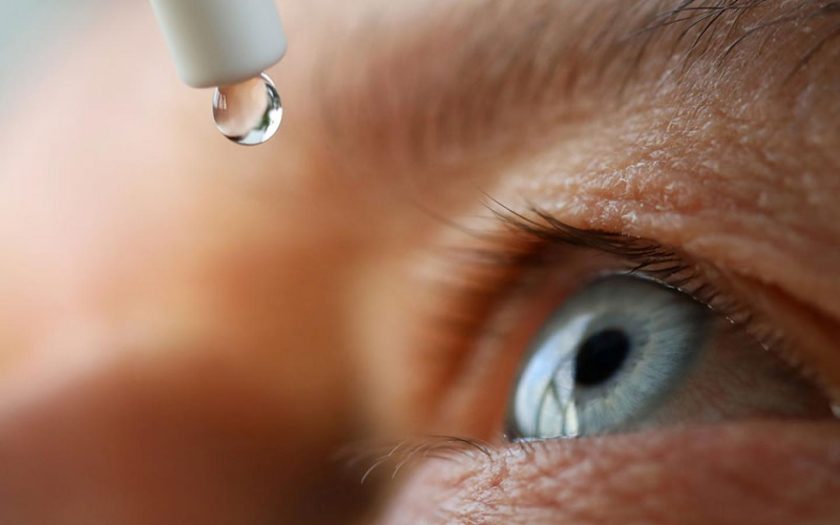Glaucoma can occur at any age, affecting children, teenagers, men and women. Individuals over 60 years old are at the highest risk. Doctors consider nutrition a crucial factor in treating this disease. Let’s explore the food recommended to include in the diet:
- The body requires in large quantities of dairy and fermented dairy products, including yogurt, kefir, low-fat cheese, milk, sour milk and hard cheese. Fat intake should be limited. It is recommended to replace fats with vegetable soups, low-fat meat and fish.
- For proper digestive function, incorporate porridges (oatmeal, buckwheat, barley), a small amount of white or whole grain bread (up to 200 g. per day) and legumes. Whole grain or coarse flour bread, lightly toasted before consumption, is beneficial.
- Spinach and other leafy vegetables are recommended for eye health as they are rich in antioxidants. Dark chocolate with at least 70% cocoa content is rich in antioxidants and improves visual clarity and contrast sensitivity, reducing the risk of macular degeneration. Chocolate intake should be moderate to avoid additional health issues.
In addition to beneficial food, there are items that may harm eye health. The diet for glaucoma patients should exclude:
- Avoid pepper, salt, spicy spices and seasonings as much as possible, as they increase blood circulation in the body and raise intraocular pressure. This applies to pickles and marinades such as salted or pickled cucumbers, tomatoes, garlic, wild garlic, dried meat or fish. Caffeine is also should be avoided, as its intake can trigger an acute glaucoma attack.
- Smoked and fried products, including sausages, should be excluded. Avoid first courses prepared with concentrated broth. Fatty meat, cream and butter increase cholesterol levels in the blood, negatively affecting intraocular pressure. Sweets, cookies, pastries and sweet pastries can also elevate pressure.
- Alcoholic beverages are strictly prohibited, even in limited quantities.
- Besides easily digestible carbohydrates, reduce consumption of animal fats. Plant-based fats should constitute at least 30% of the diet.
- Fluid intake should be limited to no more than 1.5 liters per day. Consuming more water, tea or compote can provoke increased intraocular pressure.
Proper nutrition in glaucoma contributes to normalization of the condition. Therefore, you should not overlook this simple method of improving eye health and visual functions. To achieve maximum effect, take all prescribed medications (for example, Diamox), use eye drops (for example, Betagan eye drops) on time, limit visual and physical stress, get adequate rest and attend regular check-ups.

